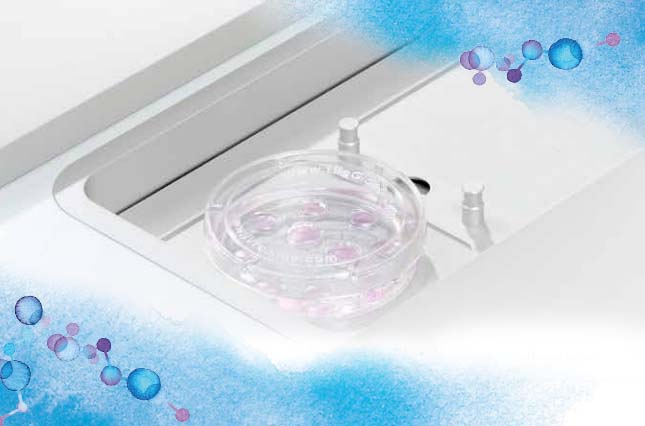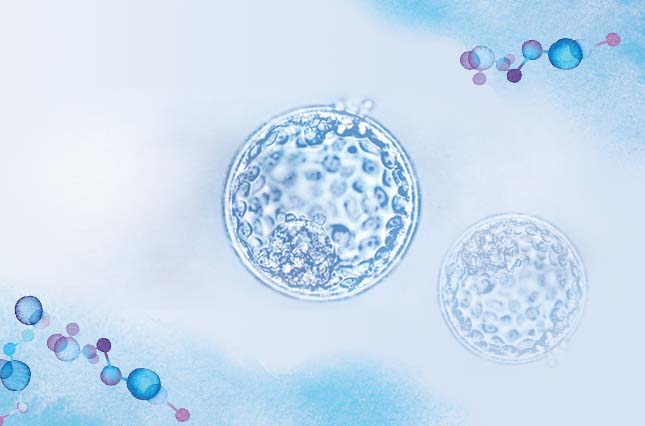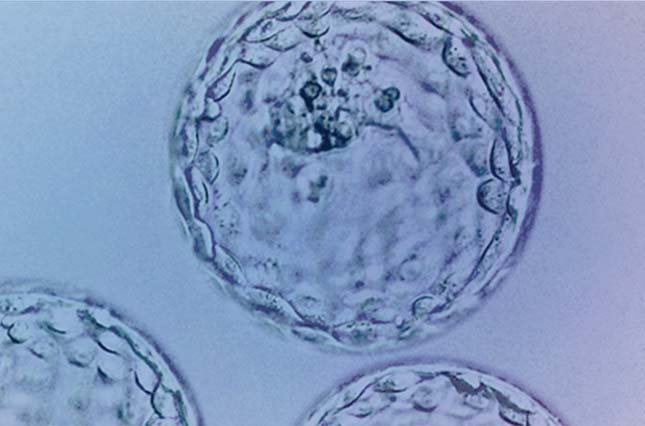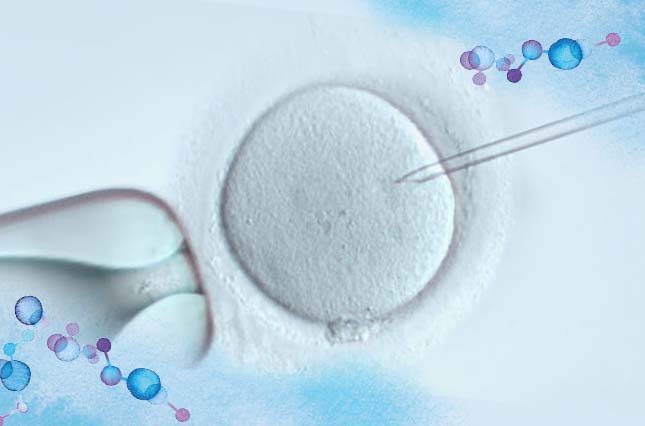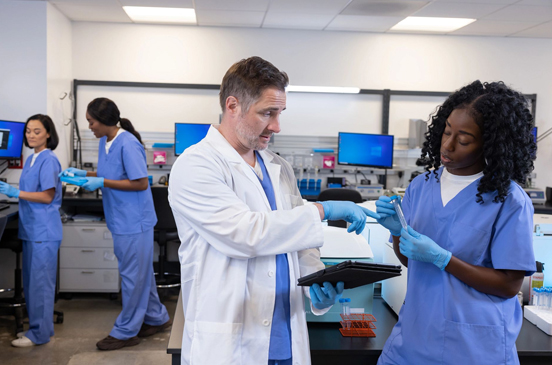RI Witness™ Security Safeguarding

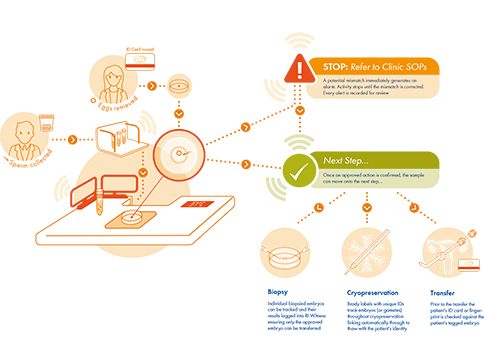
Mis Match Prevention
How RI Witness safeguards your clinic and your patients
Every workstation, where a patient or sample will be treated, is installed with an RI Witness reader. Radio Frequency ID (RFID) ‘tags’ are fixed to all plasticware involved in the patient cycle. As they are used, these tags are registered with each couple’s unique code to identify their gametes, embryos and samples throughout the cycle. Whenever plasticware is brought onto a workstation, the tags are automatically read, identified and logged.
If two incompatible codes are present on a workstation the system immediately sounds an alert. The embryologist can only continue once a match and an action is confirmed. Personalized ID cards or fingerprint readers also capture the patient interactions at entry and exit points.
Availability
This product is available for sale in selected countries around the world.
Using electronic witnessing to minimize IVF errors
How RI Witness safeguards your clinic and your patients
Every workstation where a patient or sample will be treated is installed with an RI Witness reader. Radio Frequency ID (RFID) ‘tags’ are fixed to all plasticware involved in the patient cycle. As they are used, these tags are registered with each couple’s unique code to identify their gametes, embryos and samples throughout the cycle. Whenever plasticware is brought onto a workstation, the tags are automatically read, identified and logged. If two incompatible codes are present on a workstation, the system immediately sounds an alert. The embryologist can only continue once a match and an action is confirmed. Personalized ID cards or fingerprint readers also capture the patient interactions at entry and exit points
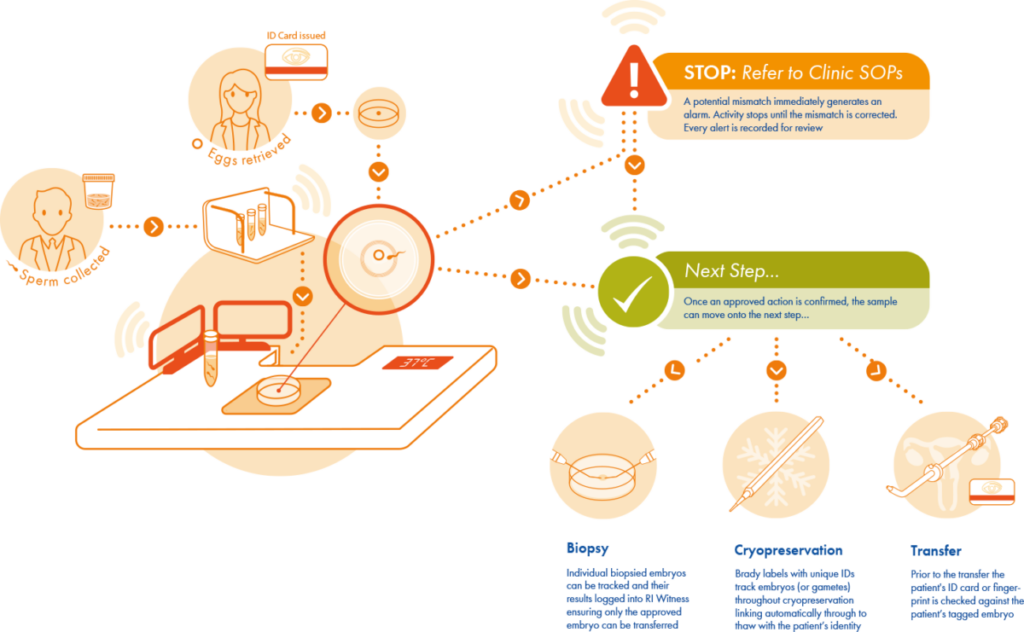
Electronic Witnessing technologies: A user’s persepctive
Dr Claire Moran, Lab Manager, Repromed Ireland, Karen Schnauffer, Lab Director, Reproductive Health Group and Dr Steve Troup, RSC

Listen to our podcast
How RI Witness can help prevent mismatches
With a product focus, Michael J Tucker, PhD FiBiol HCLD, Scientific Director at Shady Grove Fertility, talks to our Americas Regional Manager for Equipment, Amanda Bostian, about helping prevent gamete and embryo mismatches during IVF. Together they explore the impact of mismatches on IVF laboratories, clinics and IVF patients and how RI Witness can help mitigate the risk.
Why choose RFID?
Simply put, RFID technology confers seamless continual monitoring with no interruptions.
It is a proactive system. Double witnessing, reactive systems and hand-held devices all require your embryologists to remember to stop and check.
If a single error occurs then the whole process has been compromised – the chain of custody is broken.
Only proactive continual monitoring can prevent two unrelated samples from being in the work area at the same time.
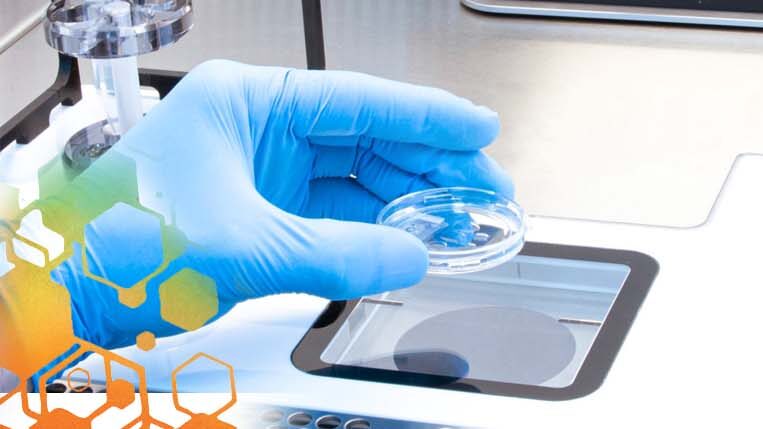
Radio Frequency Identification (RFID) Technology
Self-adhesive RFID tags are attached to all laboratory plasticware
• RFID Readers are situated wherever samples are handled:
– Embryology lab – associated with each stereo microscope
– Andrology – associated with each work area for semen processing
– Reception or egg pick-up and embryo transfer rooms, where patients will be treated
• Each RI Witness work area has a networked tablet or PC:
– User can simply and quickly log into the system using personalized key fob without having to enter a passcode
– Software integrated with your patient database*
• Tags are passive and have no energy source:
– Readers only identify tagged plasticware placed within the work area
RI Witness RFID tags and readers are proven safe for IVF applications and have been used clinically since 2007.¹ More information on RFID safety is available on our website.²
* Subject to compatibility, some programming may be required
Safety of RFID and RI Witness
We understand it is imperative the conditions in your laboratory are optimized for ART procedures. There is no room for compromise. That is why we use technology that does not harm embryos or humans.
Tested
We asked an independant test centre, the University of Liège, Belgium, to devise a comprehensive experiment to prove out theories about the safe use of RFID with gametes and embryos.
For the test they:
- Increased the output power of the reader by 10x
- Increased the time that the embryos were in the radio frequency field by 70 times what would be expected in an IVF cycle
- In the experiment total exposure was 700x what would be expected in an IVF lab
Results:
- Normal development to mouse blastocyst compared to the control group
- Normal live birth rate (LBR) compared to the control group
- Normal fertility in the female pups with normal 2nd generation LBR
RFID
Every day, we are surrounded by radio frequency emissions from modern technology.
The potential effects radio frequencies have on cells and tissues depend on the frequency and power density to which they are exposed.
The facts:
- RI Witness RFID tags do not emit or receive radio waves when they are not on a reader or in the incubator
- The tags are passive, with no internal energy source, so they are only activated when in a 1-5cm range of an RI Witness reader
- Embryos and gametes are only exposed to the radio frequency fields for short time periods
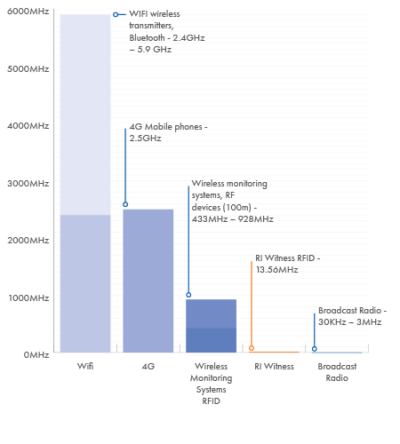
Statistical Evidence
A four-year statistical analysis in one clinic looked at more than 10,000 live birth, before and after the introduction of RI Witness.
The analysis showed no changes to results in both live births and malformations over the two periods7.
Certified
Our embryology heated plates are CE marked as medical devices (GB98/13044) and FDA cleared. They offer highly stable heating across the reader.
Our tags and labels are batch tested to MEA >80% survival to blastocyst stage6.
How PGT cycles are managed in RI Witness
Each year, an increasing number of preimplantation genetic testing (PGT) cycles are performed all over the world, which places a greater and more complex burden on the laboratory workload. Therefore, the accommodation of these additional steps in laboratory security protocols is imperative.
With RI Witness, whether biopsying for preimplantation genetic testing (PGT) is carried out, and/or cryopreservation and transfer – your patients are always safeguarded from misidentification.
Every One Is Unique
By generating a unique identity every embryo is visible throughout cryopreservation and transfer, tracked separately yet alongside any others from the same patients.
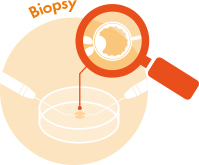
Tracking through sampling, testing and results
Biopsy samples for PGT are associated with its cryopreserved embryo throughout. The RI Witness system labels and tracks samples prior to scanning for aneuploidy, triploidy and other abnormalities – including inherited disease.Once the results are analyzed, RI Witness records which individual embryos are suitable for transfer (or ongoing storage), highlighting at the workstation those that are not suitable.
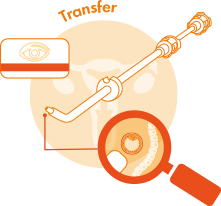
Trusting the transfer process
In the transfer room, the RI Witness system reassures your patient – the patient display screen shows their embryo pre-transfer, identified by and checked as matching with their patient ID or fingerprint.
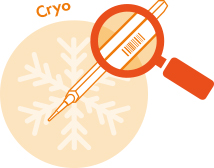
Thawing and transfer
When an embryo is selected for thawing, RI Witness will validate it by checking its suitability flag, if biopsied. If an embryo is not suitable for transfer, an alert is raised. This reinforces the checks undertaken by your lab staff, reducing the potential for misidentification by misreading notes and labels, avoiding tragic consequences for your patients and staff.
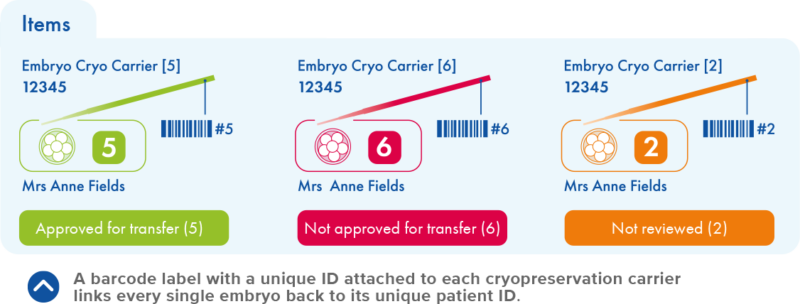
Product Specifications
| Work Areas | One work area required for each critical working location. Microsoft Windows based PC or Tablet needed for each work area. Readers available heated or unheated. RFID reader frequency: 13.56MHz |
| Barcode Compatibility (Traceability) | Compatible with GS1 barcodes (GS1-128) |
| Barcode Scanner (Traceability) | Compatible with USB (Keyboard wedge) fixed and hand held scanners |
| Camera Compatibility (Imaging) | Research Instruments’ DC1 & DC2, Analogue cameras |
| RI Witness™ Manager (Client Software) PC System Requirements | Operating Systems: Windows 11, Windows 10 |
| Server / Network Requirements | Microsoft SQL Server required (not supplied). Network Point required for each work area |
Product codes
The Order Codes for RI Witness™ will depend on your particular configuration.
Get In Touch With Us
We’d love to hear from you. How can we help?
Brochures, Catalogs & Flyers
RI Witness Brochure
RI Witness Brochure
RI Witness Product Guide
RI Witness Product Guide
RI Witness Comparison Booklet
RI Witness Comparison Booklet
RI Witness Patient Flyer
RI Witness Patient Flyer
RI Witness Patient Flyer – Same Sex Couple
RI Witness Patient Flyer – Same Sex Couple
Brady Printer Flyer
Brady Printer Flyer
1. Thornhill A, Orriols Brunetti X, Bird S, (2013). Measuring human error in the IVF laboratory using an electronic witnessing system. 17th World Congress on Controversies in Obstetrics, Gynaecology and Infertility, Lisbon. 1 Thornhill A, Orriols Brunetti X, Bird S, (2013). Measuring human error in the IVF laboratory using an electronic witnessing system. 17th World Congress on Controversies in Obstetrics, Gynaecology and Infertility, Lisbon.
2. Townsend N, Ah-Moye M, Bunyan K, Engley S, Evans D, Glover L, McClure A, Ogutu D, Richardson L, (2016). Can electronic witnessing with RFID tags safeguard patients and mitigate risk in an IVF laboratory?
3. Sanges F, Maggiulli R, Albricci L, Romano S, Scarica C, Schimberni M, Giallonardo A, Vattraino G, Ubaldi F, Rienzi L, (2013). Implementing an electronic witnessing system into a busy IVF clinic- one clinic’s experience.
4. Patel B, Schnauffer K, Gregoire, Kingsland CR, Troup S, (2013). An investigation into the efficiency of RFID electronic witnessing compared to manual witnessing.
5. Department of Health (2004). Independent review of the circumstances surrounding four adverse events that occurred in the Reproductive Medicine Units at The Leeds Teaching Hospitals NHS Trust. [online] London. Available at: http://www.who.int/patientsafety/information_centre/reports/Independent_review_Leeds.pdf [Accessed 12 May 2017].
6. Research Instruments Ltd. (2005). Test Report on Mouse testing of RFID Tagging System “IVF Witness”. Certificate of Analysis (Ectors, FJ, August 2005, GIGA Université de Liège,Belgium) Certificate of Calibration (Wragge-Morley, B. ETC, UK, May 2005) Certificate of Analysis (Pearce, J, May 2007, Embryotech, Wilmington USA)
7. Obradors, A. (2016). How can we mitigate the risk of error in the IVF Lab?
8. Forte, M., Faustini, F., Maggiulli, R., Scarica, C., Romano, S., Ottolini, C., Farcomeni, A., Palagiano, A., Capalbo, A., Ubaldi, F. and Rienzi, L. (2016). Electronic witness system in IVF – patients perspective. Journal of Assisted Reproduction and Genetics, 33(9), pp.1215-1222.
9. Universitair Ziekenhuis Brussels. (2020). IVF Witness in 2019, Internal Universitair Ziekenhuis Brussels presentation: Unpublished.
10. Mental health in the workplace. (2017). World Health Organization. [online] Available at: https://www.who.int/mental_health/in_the_workplace/en/.
11. Cooke, S. Low-risk laboratory management. In: Organization and Management of IVF Units: A Practical Guide for the Clinician. Eds: SD Fleming & AC Varghese. New York. Springer. 2016; Chapter 7: pp115-152.3. World Health Organization: https://www.who.int/mental_health/in_the_workplace/en/
RFID (Radio Frequency Identification) is a generic term for technologies that use radio waves to automatically identify objects. Labels with tiny microchips embedded in them are attached to all plasticware such culture dishes, test tubes and patient identity cards before being assigned to a patient. These microchips are read by the RI Witness readers. There is no need to directly scan the labels, the whole process is automatic and many tags can be read simultaneously.
RI Witness uses RFID tags and a reader. The reader sends out electromagnetic waves and the tag receives these waves. The RFID tag draws power from the field created by the reader and uses it to power the microchip’s circuits. The microchip then modulates the waves that the tag sends back to the reader and the reader converts the new waves into digital data.
RI Witness uses a radio frequency similar to the signals received by your car radio. We have organised exhaustive independent Mouse Embryo Assay (MEA) studies to demonstrate that RI Witness RFID does not have any detrimental effect on the development of embryos. These tests used radio waves which are 700 times stronger than those used by the actual product.
The most significant difference is that barcodes use line-of-sight technology. That is, a scanner has to “see” the barcode to read it, which means it is necessary to orientate the barcode towards a scanner for it to be read. Barcode systems therefore rely on the user remembering to confirm patients’ sperm, oocytes and embryos match. This can be prone to human error, and if not done correctly, can give a false record.
RFID, by contrast, doesn’t require line-of-sight. Tags can be read as long as they are within range of a reader. In addition, multiple RFID tags can be read at the same time, meaning that several items can be identified together. RI Witness uses this ability to automatically check everything that is brought into the working area.
RFID technology provides a level of security that can eliminate human identification errors. It monitors everything in every work area, every second of every day. It also offers an extremely large number of unique identities (UID). This means that each sample container can has its own UID and that procedures can be tracked in detail. The system knows exactly what has happened to the samples and which containers were used. The communication between tag and reader is very secure.
Procedures
Want unlimited First line support?
All our USA and Europe Customers get free unlimited first line support with a service contract.
Support & Compliance
Our global team is committed to providing the highest standards of service and support.
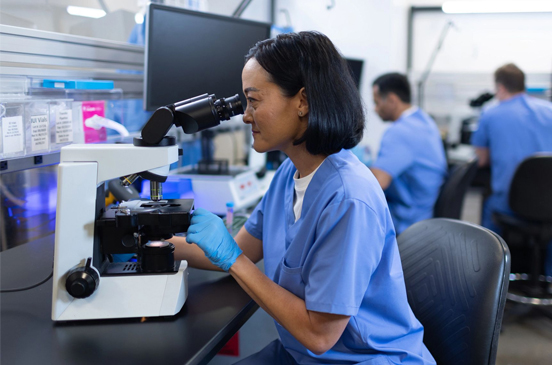
Batch Certificates
Use this tool to enter your batch number and download the corresponding certificate of analysis.
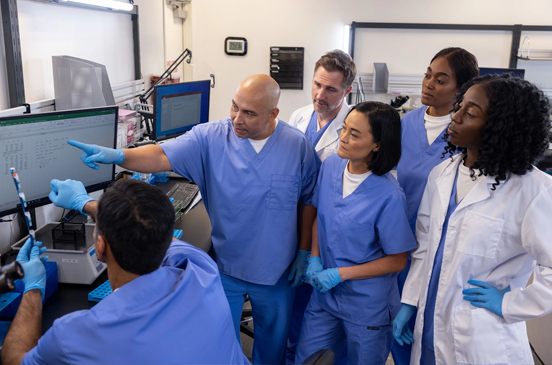
Service
We offer a range of contract options to suit your needs: preventative maintenance and service, reliable access to spare parts, product training, and online handling of service requests.
Get In Touch With Us
We’d love to hear from you. How can we help?



